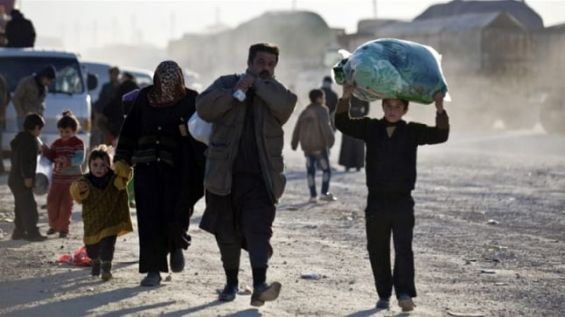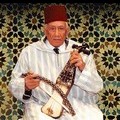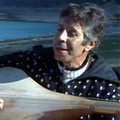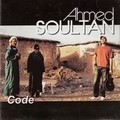One in every six refugee households is headed by a woman, according to the High Commission for Planning (HCP).82.1% of household chiefs are men, while 17.9% are women, the HCP said in a survey on «the impact of Covid-19 on the socio-economic and psychological situation of refugees in Morocco», conducted in partnership with the United Nations High Commissioner for Refugees (UNHCR).
The rate of households headed by women is higher among Ivorians (43.9%), South Sudanese (27.8%) and Central Africans (24.5%), while the lowest rate was observed among Yemenis (5%) and Syrians (11.3%), notes the HCP.
Some 55.7% heads of refugee households are single, with rates higher among women (70.4%) than men (52.5%), reveals the survey, adding that 39.2% heads of refugee households are married, 45.2% of which are men and 11.5% are women.
3.1% of them are divorced (9.9% for women against 1.6% for men) and 2% are widowed (8.2% for women and 0.6% for men), according to the same source.
91.5% of refugee household heads have a level of education (16.4% primary education, 14.2% junior high-school level, 14% high school education and 45.8% university education.
The share of higher education graduates is higher among men (47.4%) than among women (38.4%). It is also higher among those under 25 (63.5%) and those aged 25-34 (49.7%), than among people aged 50 and over (32.8%).
The survey also shows that 68.9% of refugee household are aged 25-49, while those under 25 represent 21.3% and those aged 50 account for 9.8%, the survey says.
By type of activity, 43.8% of the heads of refugee households are economically active, 47.3% of whom are men and 28% are women.
The share of the unemployed stands at 44.9% among Ivorians, 35.1% among Yemenis and 23.6% among those from the Central African Republic. It reaches 6% among refugees from South Sudan and 6.2% among refugees from Syria.
The number of refugee households in Morocco stands at 2,168 units, says the HCP, stressing that 32.3% of these households, are of Syrian origin, 16.9% are from Central Africa, 16.6% from Yemen and 8.9% from South Sudan.
The average size of refugee households is 3.4 people, with a high of 5.2 among Syrian refugees and a low of 2.1 among refugee households of South Sudan.
Furthermore, 55.1% of heads of refugee households in Morocco have a valid residence permit, while 14.7% have an expired permit and 30.2% do not have one.
Conducted on June 2-8 June 2020, the survey on «the impact of Covid-19 on the socio-economic and psychological situation of refugees in Morocco», aims to assess the impact of the pandemic on the economic, social and psychological situation of this population.





 chargement...
chargement...













